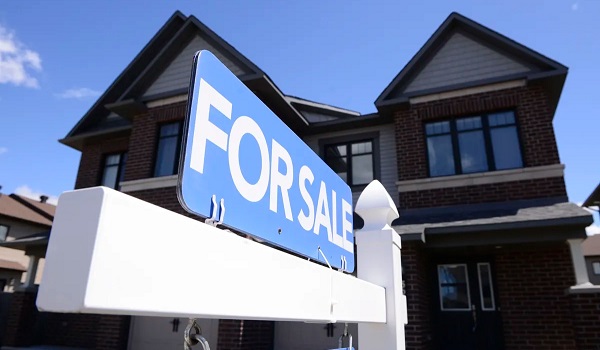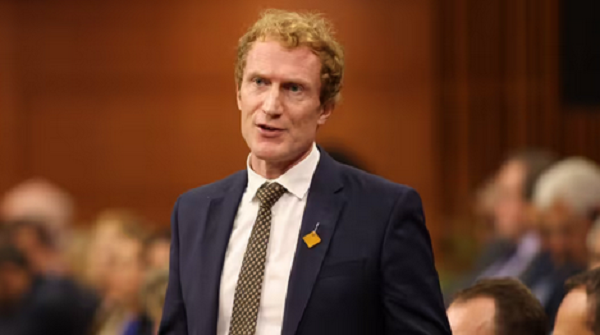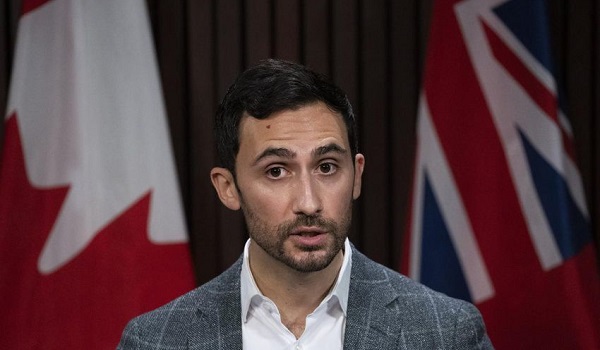High interest rate propelled 22 per cent of Canadian homebuilders to terminate projects despite severe housing shortage
At a time when Canada desperately needs to build more housing — and Premier Doug Ford is opening up part of the Greenbelt to be developed — the construction industry “remains downbeat” amid high interest rates, with 22 per cent of Canadian homebuilders cancelling projects entirely in the second quarter of 2023.
The Canadian Home Builders’ Association (CHBA) released its second-quarter report last week, which saw the construction of both single- and multi-family units remain low but increase slightly in the second quarter — an improvement from the lows recorded in the fourth quarter of 2022.
Around 67 per cent of the association’s expert industry panellists stated that the slowdown in the real estate market is causing them to build fewer units, compared with 59 per cent reported in the previous two quarters.
The slowdown in new builds is concerning, said CHBA CEO Kevin Lee, as Canada needs to build 5.8 million homes within the next 10 years to close Canada’s current housing supply gap.
“Current conditions — with construction costs rising, labour shortages, and especially the current financing conditions — are preventing that from happening. Canada needs a holistic approach to increasing housing production,” he said.
The building slowdown comes at a time when the Ford government is removing 7,400 acres of land from the Greenbelt to build new housing. “What we are doing is trying to build the 50,000 homes for people that need it,” Ford said last week, referring to the Greater Hamilton and Toronto Area land being opened for development.
A pause from the Bank of Canada rate hikes between late January and June allowed buyers time to adjust to higher interest rates, and an uptick in sales and prices during the spring brought optimism to the market, the report said. But the rate hikes in June and July will keep building momentum “muted,” it added.
CHBA’s index for single-family new-builds increased to 39.9 points from 34.5 points in the first quarter and multi-family index increased to 41 points from 33.5 points in the previous quarter — indicating slightly more favourable conditions for new residential construction. The association’s housing market index is on a scale of zero to 100. When it’s zero, that means the association’s homebuilders believe the market conditions are poor and 100 when conditions are good.
Still, CHBA notes that both indexes are “well below” the same measures from the first quarter of 2022 (before rate increases) when the single- and multi-family indexes sat at 89.4 points and 88.8 points, respectively.
During the pandemic, housing starts increased well above historic norms thanks to low interest rates, pent-up consumer savings and the ability to live farther from work, Lee said.
“The 271,000 starts in 2021 and 261,000 in 2022 were well above the 200,000 or so historical norm,” he said. “To address the housing deficit and work toward doubling housing starts, an all-hands-on-deck approach from all levels of government will be required.”
While Ontario Premier Doug Ford has said the need for more housing drove the controversial decision to open up the Greenbelt for development, the report indicates that the more pressing issue is getting builders to construct homes in the first place.
The federal government could introduce greater tax incentives for purpose-built rental developments as a way to boost more affordable housing stock, Lee added.
ortage is another key factor to boost more housing builds, the report said. Around 20 per cent of the labour force in the home construction sector is expected to retire over the coming decade. While the federal government has addressed some of this concern by relaxing rules to bring more skilled workers to Canada, Lee said, it won’t fully address the shortage.
“Canada needs to build 3.5 million more homes than the 2.3 million we normally would over the next decade to make up Canada’s housing deficit and help address affordability,” he said. “This is an important target. It will take a comprehensive approach by all levels of government to pursue this with any level of success.”
This article was reported by The Star















